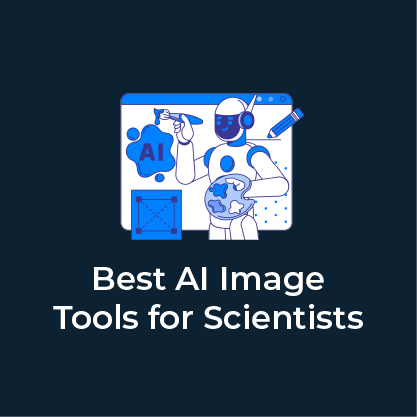What are Pleura? Lung Pleura Structure and Function
Learn More About Simplified Science PublishingThe pleura are slippery membranes that protect your lungs and allow you to breathe smoothly.
Lung pleura structure and function
Your chest cavity contains three thin membranes that cover your lungs that resemble slippery plastic sacks. One pleura membrane covers the inside of your ribcage and lays on top of the diaphragm and the other two pleura encase the right and left lungs.
Each thin slippery sack is composed of cells that secrete a watery fluid that allow your lung tissue to safely expand and contract inside your body. The main functions of the pleura are to reduce friction and to increase surface tension, both of which are essential for breathing.
Surface tension describes the tendency of liquids to attract each other. This is the same force that allows some bugs to walk on water, (the water sticks together underneath their tiny legs) and it is the reason why water forms a droplet instead of spreading out on a surface. The cutest way to describe surface tension is that many liquids, particularly water molecules, prefer “group hugs”. Surface tension is possible thanks to the electrostatic force called cohesion.
What is cohesion?
Cohesion is the attractive force that causes surface tension “group hugs”. Water molecules are cohesive because each water molecule contains one oxygen (blue) and and two hydrogen (white) atoms, which create partial positive and negative charges. This means that when water molecules are near each other, moving toward each other is inevitable because the opposite charges attract.
What role does surface tension play in breathing?
The substance that coats the pleura is mostly made of water, which means that the slippery sacks form a cohesive attraction between your lungs and the walls of your chest cavity. This attraction makes your pleura-covered lung tissue stick to the sides of chest cavity when it expands, which creates more space for the air to swoop inside your lungs. More air in your lungs means a more efficient breath. Without the slippery sacks, your lungs would still expand, but they would fill with less air and would likely be more vulnerable to wear and tear as they move inside your chest cavity.
You should also thank your pleura for separating your right and left lungs. When a person experiences an injury that punctures one of the lung lobes, the injured lung can collapse due to a loss of air pressure. However, if the damage is not too severe, the healthy neighboring lung can continue to function thanks to being separated in its own pressure cavity by the pleura. One working lung is better than none!
Read Related Content:
- How Does the Diaphragm Work? Diaphragm Structure and Function
- How Do Lungs Work? Lung Structure and Function
- What is the Epiglottis? Epiglottis Structure and Function
- How Does the Heart Work? Review Heart Structure and Function
- What is Blood Made Of? Review Blood Components and Functions
- What is Aerobic Respiration and Why is it Important?
References:
- Harrison's Principles of Internal Medicine, 18th Edition. Longo DL, Fauci AS, Kasper DL, Hauser SL, Jameson J, Loscalzo J. eds.
- Anatomy, Physiology, and Disease: An Interactive Journey for Health Professions , 2nd Edition. Bruce J. Colbert, University of Pittsburgh, Johnstown.
Create professional science figures with illustration services or use the online courses and templates to quickly learn how to make your own designs.
Interested in free design templates and training?
Explore scientific illustration templates and courses by creating a Simplified Science Publishing Log In. Whether you are new to data visualization design or have some experience, these resources will improve your ability to use both basic and advanced design tools.
Interested in reading more articles on scientific design? Learn more below:
Content is protected by Copyright license. Website visitors are welcome to share images and articles, however they must include the Simplified Science Publishing URL source link when shared. Thank you!





